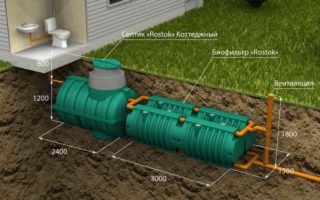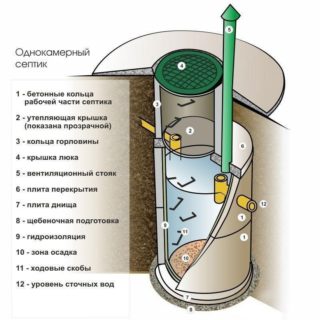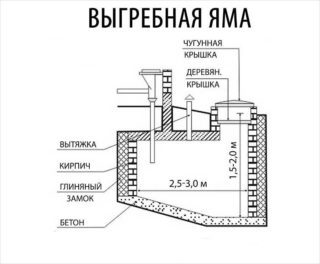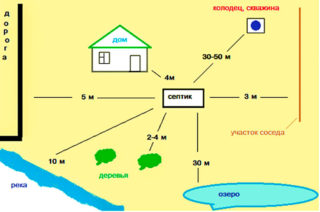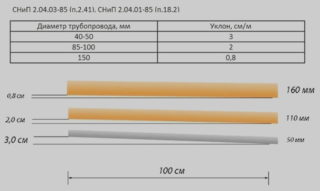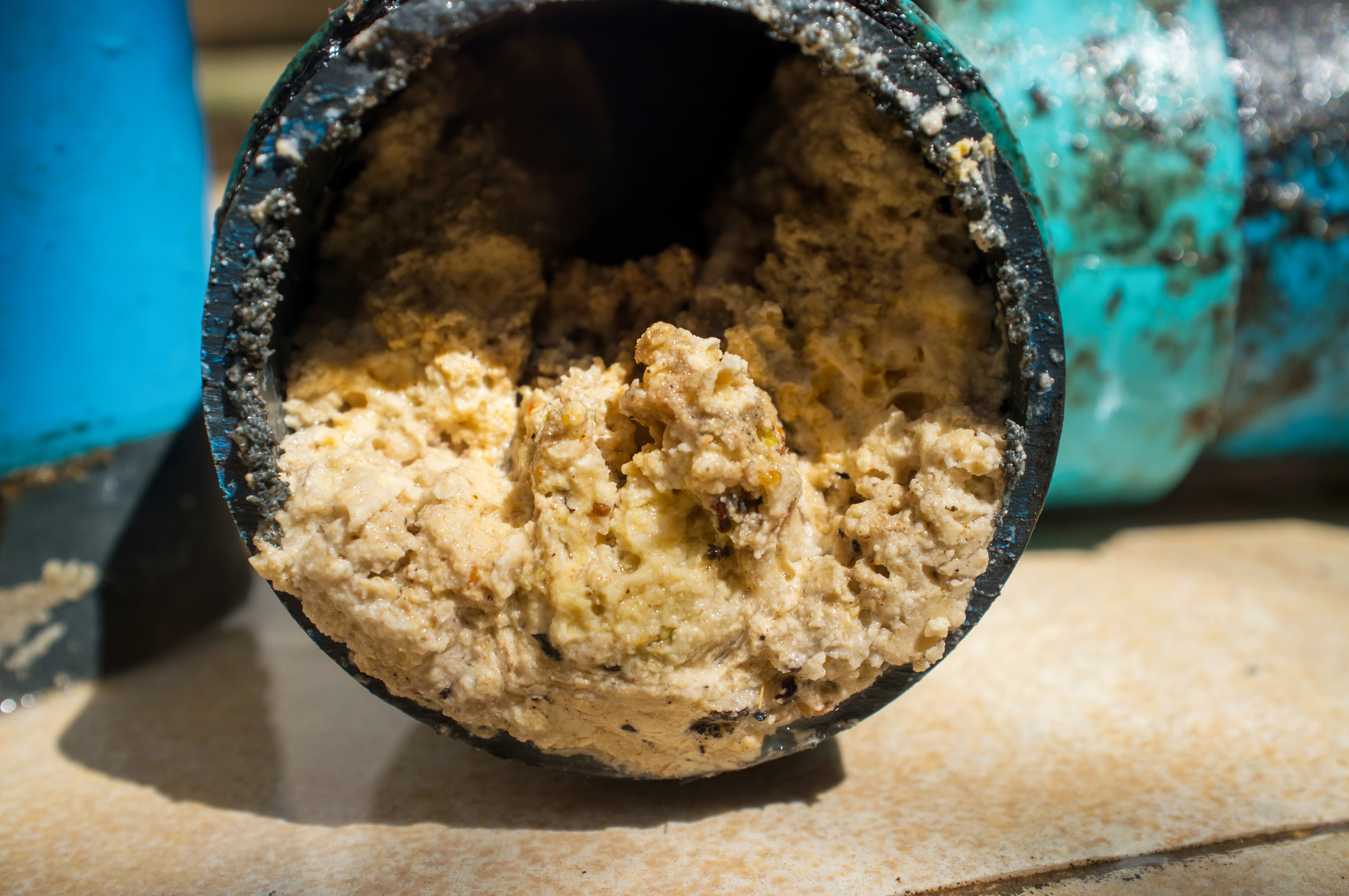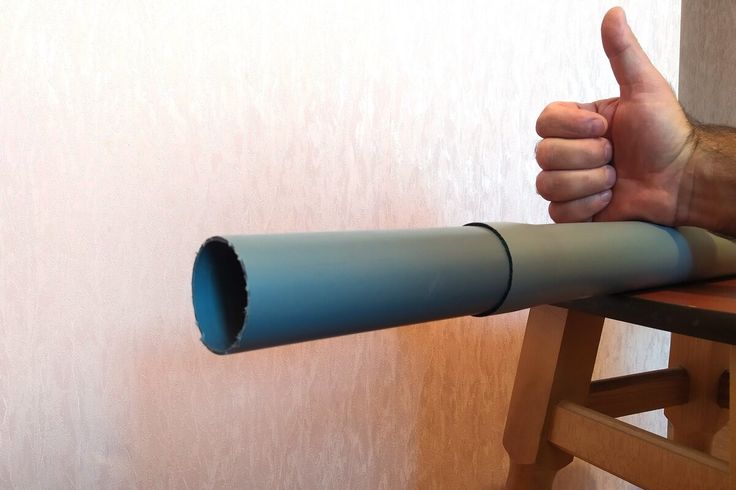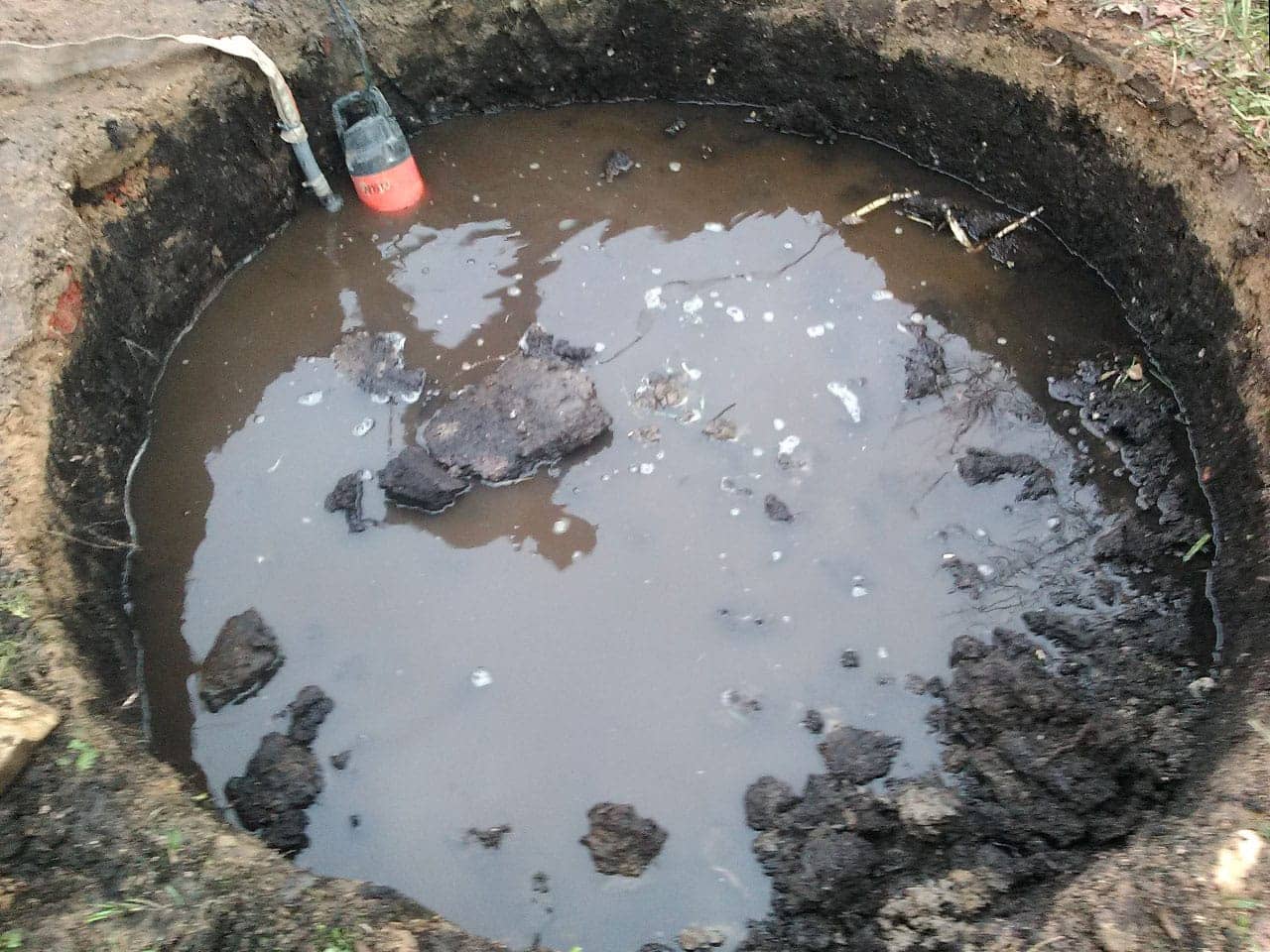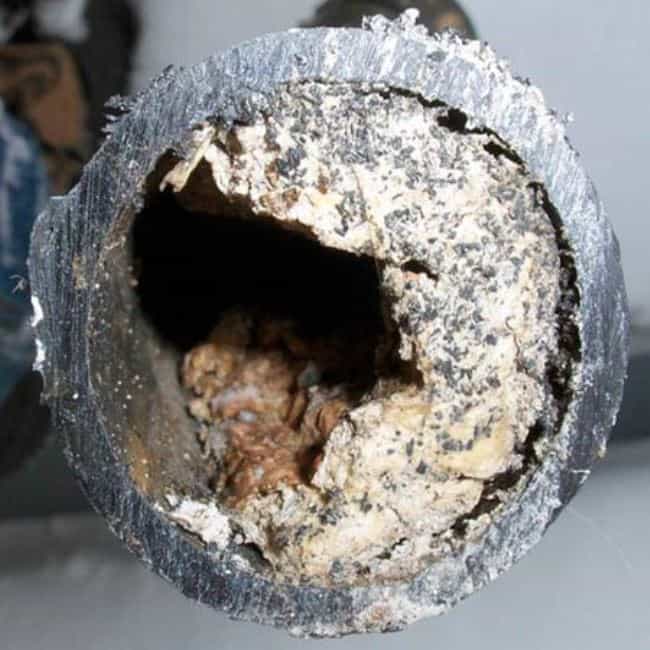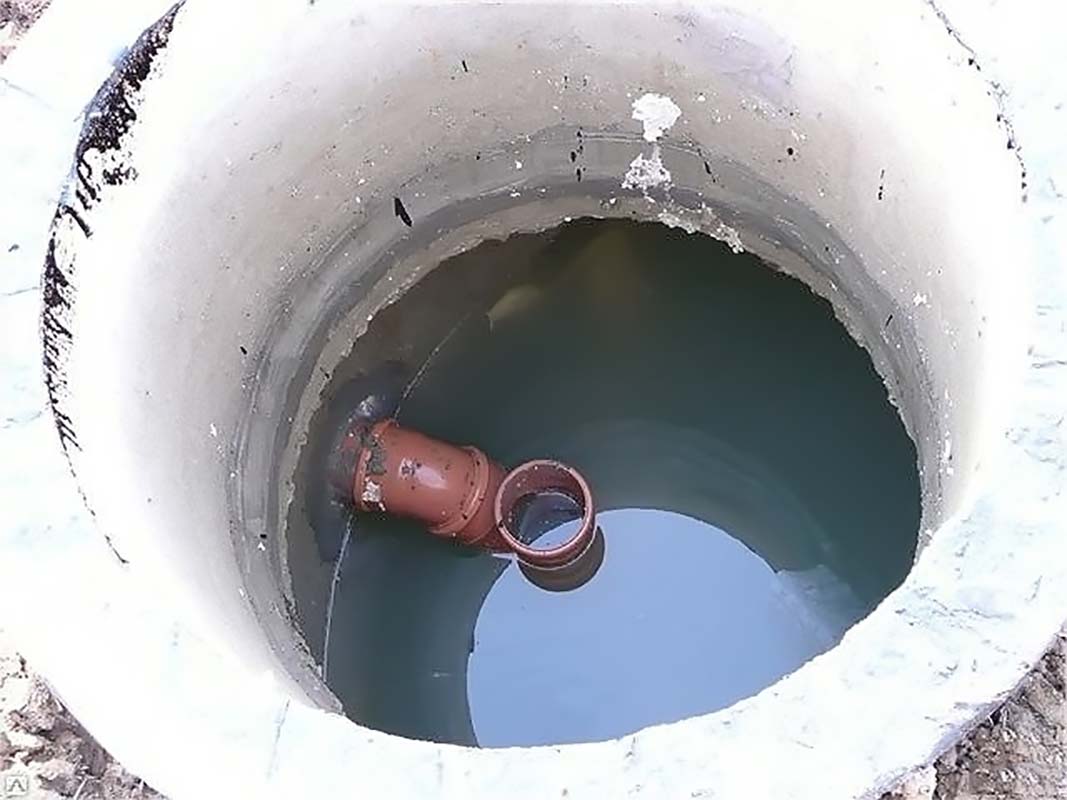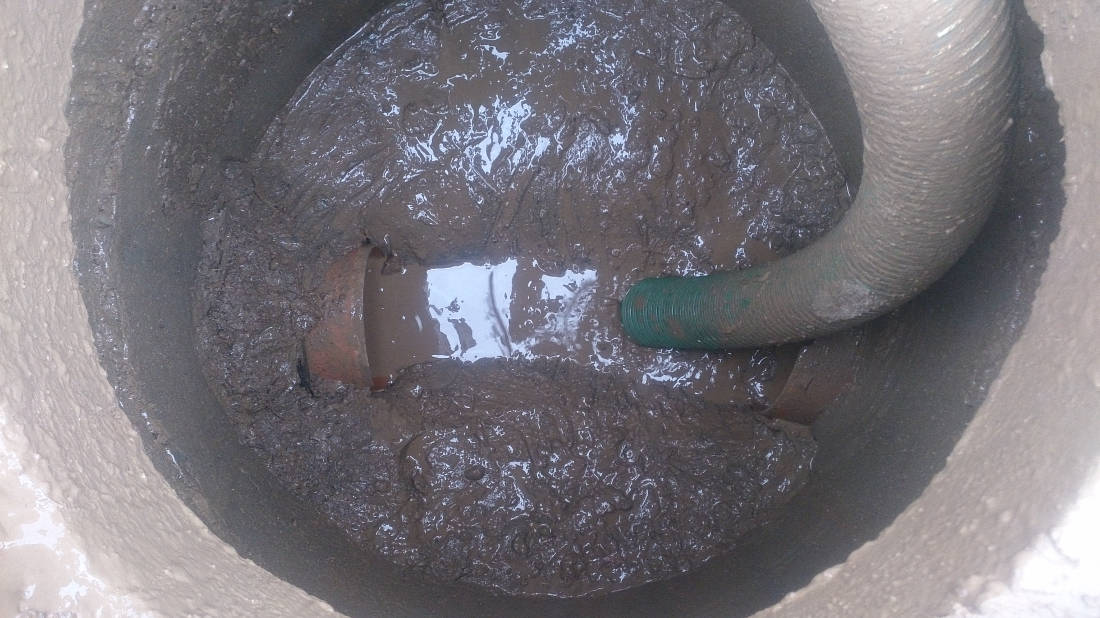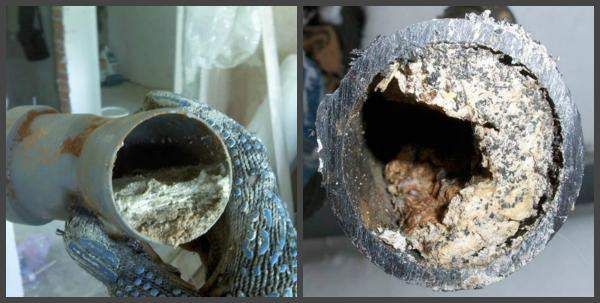Countryside cottages are usually located in areas where there is no centralized water supply and sewerage system. During your stay, you need to somehow organize the pumping of wastewater. The best solution would be to install an autonomous sewage system for a summer residence with your own hands. This work does not require special knowledge in the field of engineering, but some rules still need to be followed so as not to encounter stagnant water in the bathroom or flooding the site with fecal masses.
Types of sewerage for a summer residence
You will have to choose between the degree of cleaning and the cost, therefore, it is more profitable to do some of the methods with the joint efforts of residents of several houses or even an entire village.
Biological station
A deep biological treatment plant is an environmentally friendly method of wastewater treatment. The principle of operation is associated with the activity of microorganisms that process organic waste. With additional aeration, the purity of the liquid reaches 98%. It is possible to make a sewage system in the country without an odor and pumping out using only this method.
How the system works:
- The drains from the toilet go to the preliminary chamber of the drain well, where they are cleaned of large particles and grease.
- The pre-purified liquid is treated with aerobic microorganisms, which are less sensitive to various chemicals used for dishwashing and laundry.
- Large particles are processed by anaerobic bacteria and can be used as fertilizer for the vegetable garden.
- The cleaned liquid enters the perforated pipe and is absorbed into the soil.
The intensity of water absorption depends on the quality of the soil on the site. On sandy soils, more than 5 cubic meters of water are consumed per hour. On clayey, it is practically not absorbed, therefore, mechanical filters are used, after which the liquid is discharged into the nearest reservoir. The water is odorless and completely safe.
The disadvantages of VOCs are:
- high price;
- complexity of installation;
- the need to separate drains, as the use of detergents can reduce the number of beneficial bacteria;
- dependence on electricity (some models), since various grinder devices, controllers, monitors, pumps are installed in the circuit to accelerate the pumping of liquid.
In addition to the station itself, it is necessary to construct filtration fields - areas where the surface layer of the soil is separated by geotextiles, followed by a layer of rubble and sand, which filter wastewater before entering the soil.
When arranging a biological treatment plant, there is no need to remove waste, the sedimentation tanks are cleaned once every 6 months or once a year, depending on how much septic tank is installed.
Septic tanks
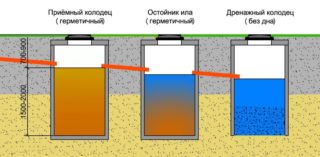
These are two or three-chamber devices for collecting and treating waste water. Can be made from any material - bricks, concrete rings, large diameter metal pipes. On sale there are special plastic or fiberglass canisters designed for arranging an autonomous summer cottage sewage system.
Principle of operation:
- The effluent flows by gravity into the first settling tank, where large particles settle to the bottom.
- In the first sump, aerobic bacteria come into play, which need air to live. They recycle organic matter, making it about 80% cleaner.
- As water accumulates, it flows into a second reservoir. There are two options: either it is leaky and the drains go into the ground, or the liquid is discharged through the pipe to the filtration fields. For example - to the garden.
The difference between a septic tank and a VOC is that the movement of water is carried out without electricity - using the slope of the sewer pipes and the difference in the levels of the tanks.
When installing a septic tank, you must follow the rules so that process water does not get into the drinking well. For this, before the construction of the sewage system, a project is being made, where the location of the septic tank and the drinking well is outlined, based on sanitary standards.
The norms for the location of the septic tank are not needed in order to please the sanitation station, but in order not to drink water with pathogenic microorganisms living in sewage.
Storage tank
If the volume of a single-chamber septic tank is large, and a couple of people live in the house, then it can accumulate for 2 - 3 years. However, an unpleasant odor appears near the pit, which in calm weather spreads around the area within a radius of a kilometer. This causes trouble for both the residents themselves and the neighbors. In this case, it is necessary to regularly use special concentrates of bacteria to destroy the odor. Within 2 - 3 days, the storage tank ceases to exude a stench.
It is advisable to make this type of sewage system for a summer residence sealed so as not to pollute the environment.
Cesspool
Cons of a cesspool in the country:
- periodically it is necessary to clean it (even waste processed by bacteria must be unloaded into the garden);
- the impossibility of complete cleaning, since the pit is usually made with an open bottom;
- if the groundwater is high, it can cause the pit to flood and bacteria can enter the drinking water.
When arranging this type of country sewage system, it is required to observe safe distances between the toilet and the drinking water well. It is better if they are located at different ends of the site.
The cesspool can be made sealed, periodically pumped out and taken out for disposal. This is a safer environmentally friendly method, but it requires additional costs.
The main criteria for choosing a country sewage system

If a country house has household appliances - a washing machine or a dishwasher - the chemicals will end up in the drains. This will make it almost impossible for bacteria to decompose organic matter. It is advisable to make the structure airtight.
The work of an autonomous sewage system in the country depends on the quality of the soil. An open bottom septic tank is most often made on sandstones, where water is better absorbed into the soil. It is better to make sealed two-chamber septic tanks in clay, so that completely purified water can be drained into a common ditch or reservoir, while not harming the environment.
A cesspool without a bottom is equipped if the daily volume of wastewater does not exceed 1 cubic meter and it is possible to carry it at least 50 m from the source of drinking water. A pit in which the walls are not filled with concrete will sooner or later have to be closed. After a while, usually 10 - 12 years, the walls cease to absorb water and the septic tank overflows.If you add sediment waste here, you can flood the area with feces and ruin your stay in the country.
The volume of the well is calculated based on the number of residents and the time that people will spend in the country.
The best option is a sealed plastic container, from which waste will be periodically removed, or a two-chamber container, in which it is possible to clean the drains with bacteria. It costs a little more, but you can be calm about drinking water on your site, and also rely on organic fertilizers for the garden.
Designing and carrying out the necessary calculations
- Determine how much materials will be required for the installation of the sewage system. This includes internal wiring and external communications.
- Correctly design the laying of internal pipes and the main riser, calculate the volume of wastewater, based on the number of residents, choose the right pipe diameter.
- Determine the location of the drain well or two - depending on which type of septic tank is chosen. Calculate the length and slope of the pipes to the septic tank.
You can start installation work when there is an exact plan of what is where, and all types of pipes and fittings are purchased.
Installation steps
Next, the markup of external communications is done, based on the plan. Trenches are being prepared for laying pipes, taking into account the required slope towards the well:
- for pipes with a diameter of 50 mm - 3 cm per running meter;
- 110 mm - 2 cm;
- 150 mm - 1 cm.
The depth is determined by the degree of soil freezing in winter. Sometimes pipes are insulated with a special material and wrapped with tape.
Further, earthworks begin - digging trenches and holes for a septic tank. If the walls are planned to be concreted, then this should be done in dry weather and let the solution dry completely. After that, pipes are laid, connected to a septic tank and the system is tested with a stream of water. If everything works well and the liquid does not stagnate in the plumbing, the trenches are first covered with sand, then with earth and tamped.
The most expensive suburban sewerage systems are volatile local treatment facilities. Two-chamber environmentally friendly sealed septic tanks with a gravity system are cheaper. Even cheaper - a sealed cesspool with common drains from all plumbing and household appliances. An ordinary leaky pit is prohibited by law for use, therefore this type of sewage system is not recommended for arrangement due to the high risk of pathogenic microbes entering the soil and drinking water.

